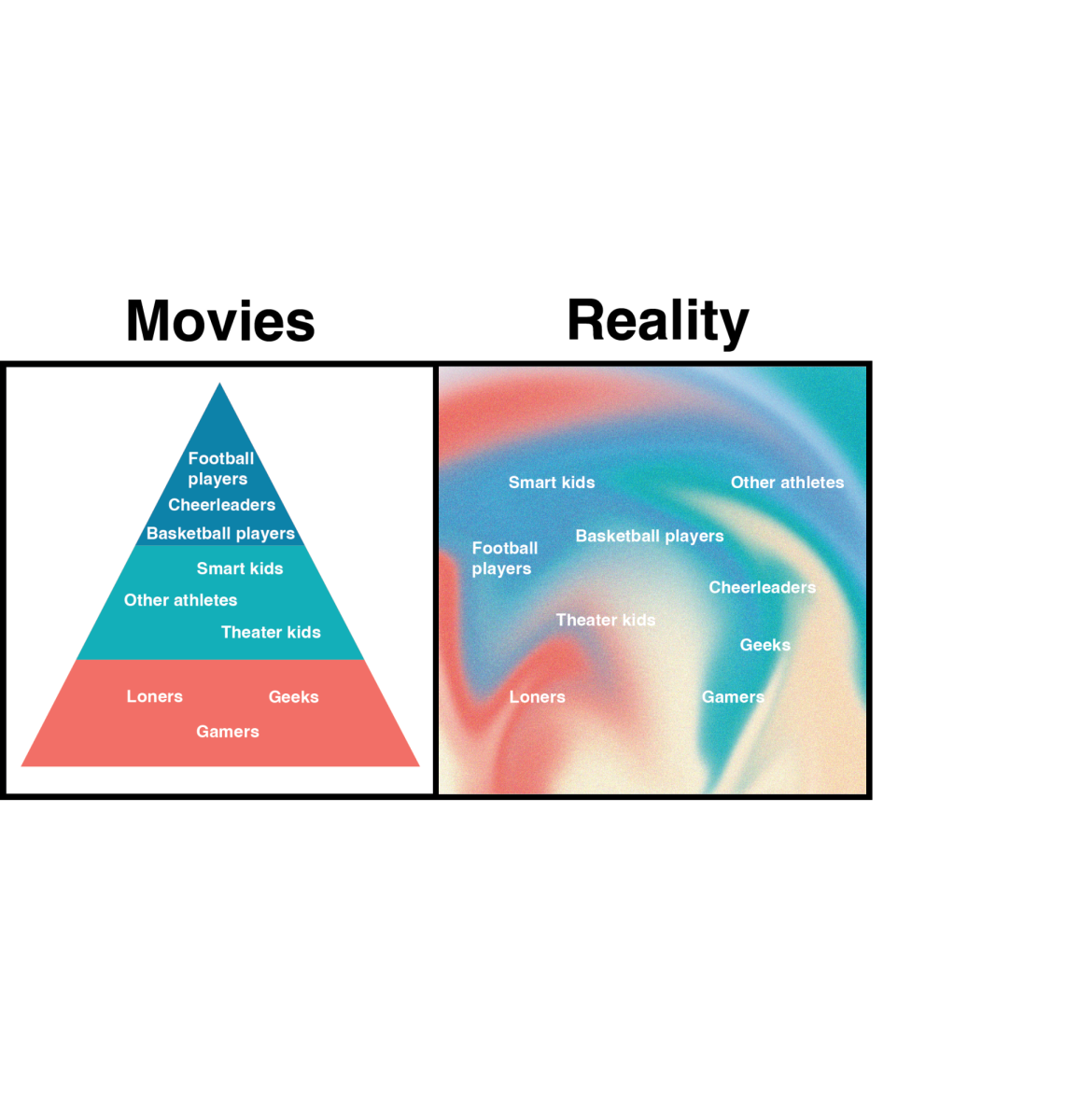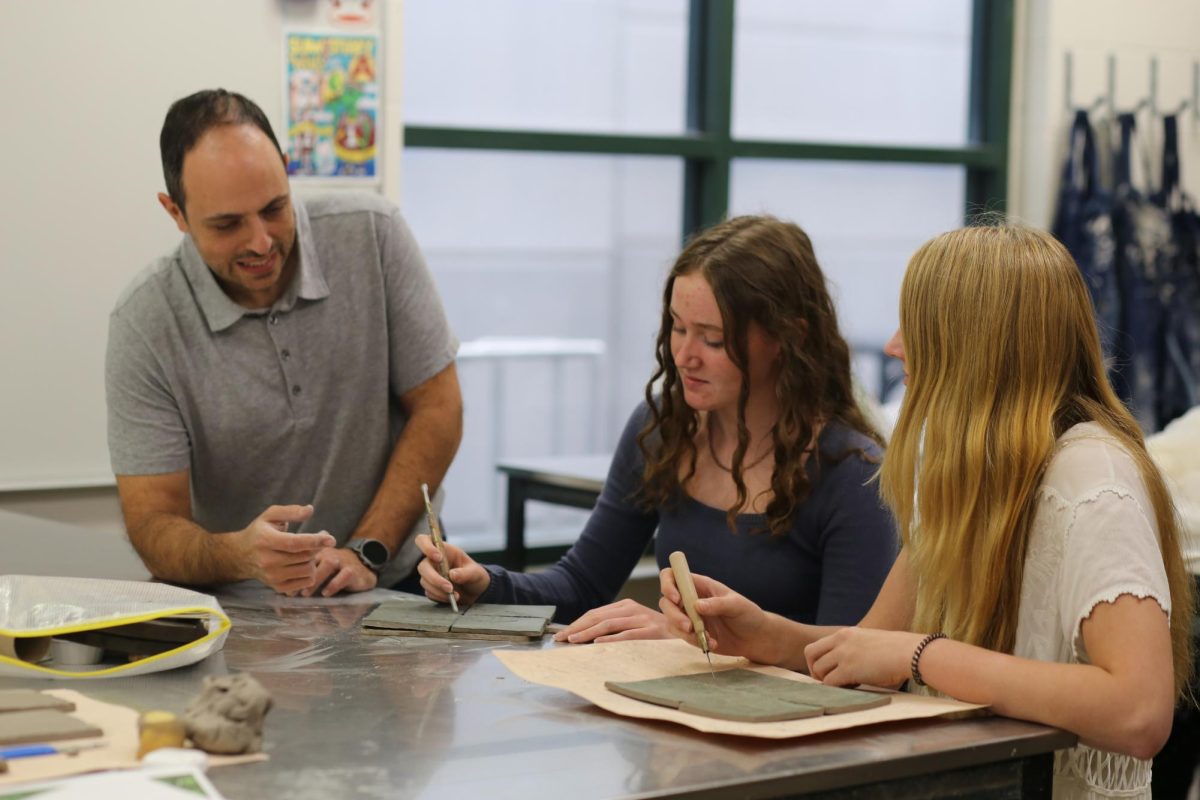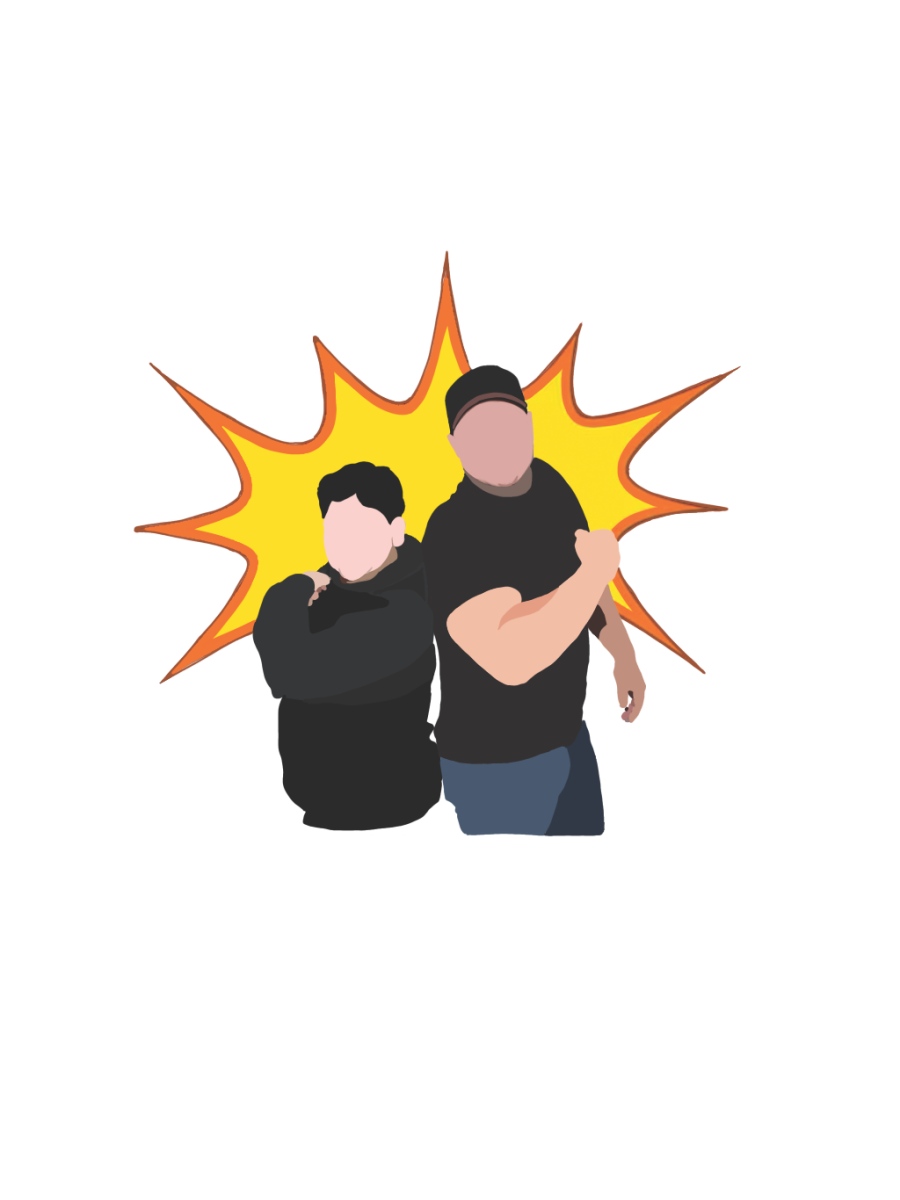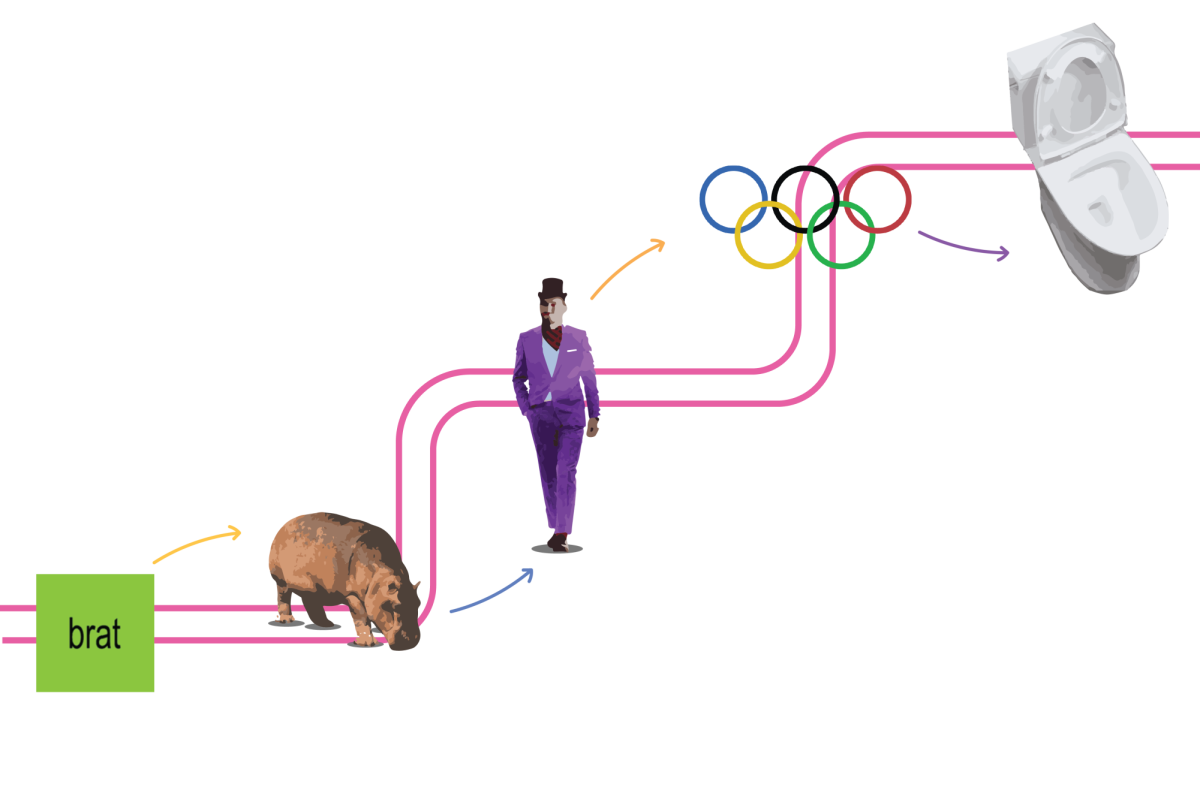In a normal morning class period, a teacher starts explaining a particular subject material on the whiteboard in front of the class. Senior Levi Kaplan finds his attention wavering as his eyelids begin to feel heavy. The teacher’s voice starts fading and becomes softer. He decides to lower his head on his desk and close his eyes. Someone calls his name. He wakes up with a jolt, his focus centered on the teacher looking at him with concern.
Most people will interpret this scenario as a typical high schooler without sufficient sleep. After all, many middle and high school students struggle to make time for sleep. Despite having heard of the importance of sleep and how it affects people physically and mentally in their daily lives, around 57.8% of middle schoolers and 72.7% of high school students get less than the recommended amount of sleep for their age, according to the Centers for Disease Control and Prevention (CDC).
What if the problem isn’t that people find it hard to catch up on sleep, but that they are not able to get a good night’s rest? Problems with the quality, timing and amount of sleep may be a sign of a sleep disorder, which negatively affects the normal sleep pattern in an individual.
Dr. Karen Baker, a sleep medicine specialist for the AdventHealth Center for Sleep Disorders, states that there are six major categories of sleep disorders: insomnia disorders, sleep related breathing disorders (e.g. sleep apnea), central disorders of hypersomnia (e.g. narcolepsy), circadian rhythm disorders (e.g. delayed sleep phase), parasomnias (e.g. sleep walking) and sleep related movement disorders (e.g. restless leg syndrome).
According to Baker, sleep disorders are usually correlated with both genetic and environmental factors. Certain hereditary conditions and daily habits may increase the chances of having the disorder.
“Some disorders, like insomnia, may also be associated with other psychiatric problems like anxiety and depression,” Baker said. “But then there’s also other medical problems that may further contribute to our sleep disorders.”
Kaplan was diagnosed with obstructive sleep apnea towards the end of 2020. This condition occurs when the muscles supporting the tissue in the throat temporarily relax, narrowing or closing the airway and cutting off breathing during sleep. Kaplan recalls his daily experiences with this condition.
“Getting tired during the day, falling asleep during the day … that just comes from the fact that the lack of breathing throughout the night … disrupts your REM sleep, and just makes the quality of sleep throughout the night worse,” Kaplan said.
Some people assume that since the effects of sleep disorders and a general lack of sleep are similar, they are likely to be the same. But there is a line of difference between the two.
“When you have a sleep disorder, you’re not going to get sufficient amounts of sleep … as the end result,” Baker said. “For example, if you have sleep apnea, when you’re sleeping at night you’re not getting good quality sleep … so then you don’t get enough sleep.”
Kaplan’s main struggle with sleep apnea was not the physical aspects, but rather the mental aspects, mainly the stereotypes that surround this disorder.
“That popular held belief of ‘oh, well only people who are like morbidly obese get sleep apnea’ … that’s just not the reality for everyone,” Kaplan said. “I think just getting my head around that idea initially was probably the hardest thing.”
Fortunately, people with sleep disorders can learn how to keep the symptoms under control by engaging in habits that help with getting more sufficient sleep.
“Your average high schooler or teenager needs approximately nine hours of sleep,” Baker said. “Having healthy sleep habits is always important for any sleep disorder… consistent sleep schedule, allowing sufficient hours of sleep, appropriate wind down bedtime routine … not doing your homework in bed and just suddenly turning off the lights.”
Despite the challenges that come with sleep apnea, Kaplan has found ways to handle and work with his condition.
“I think with the help of getting into more routines, and just learning how I work and learning when I need to give myself a break… has been the most helpful. And I think I’ve seen a definite improvement,” Kaplan said.














